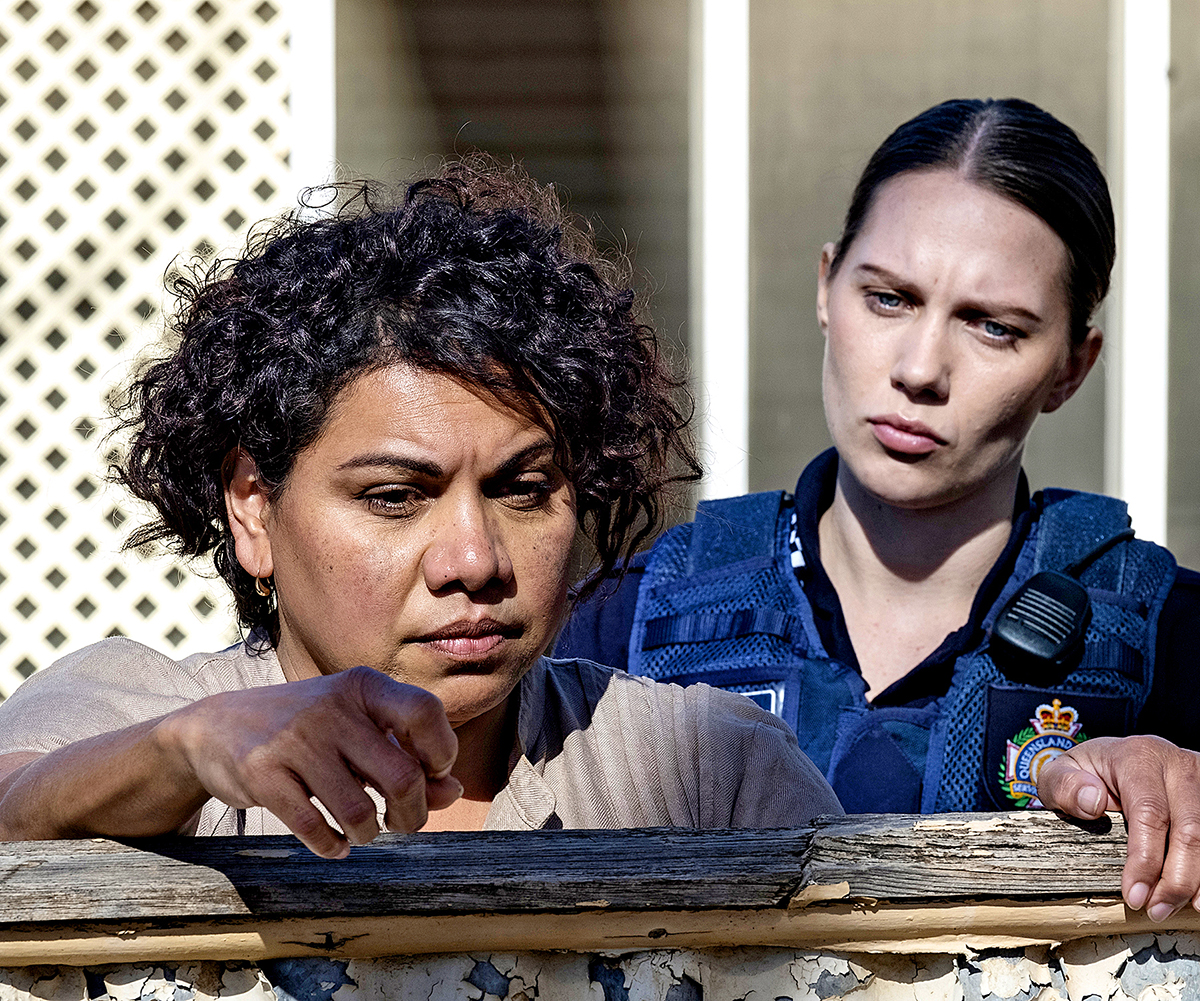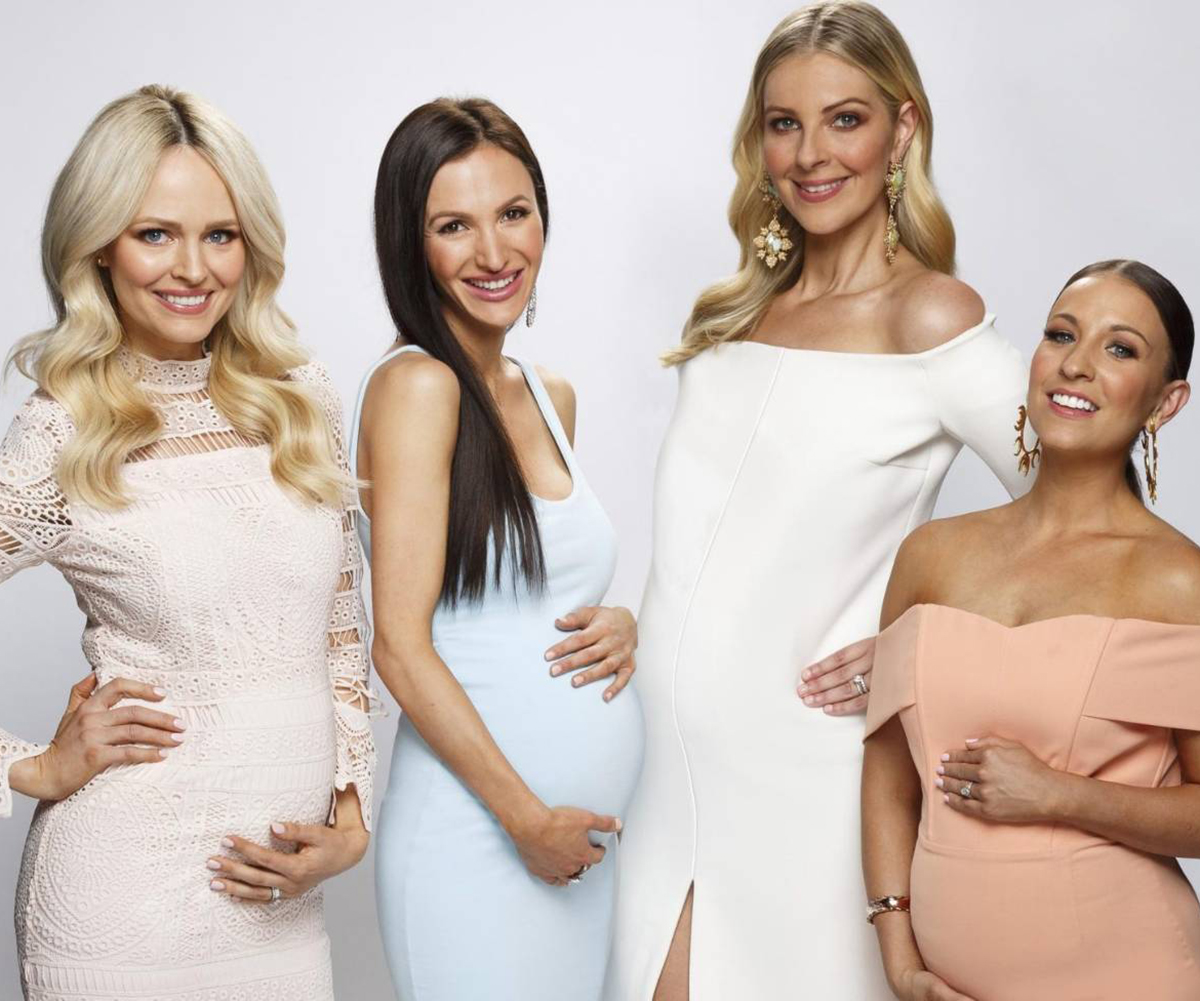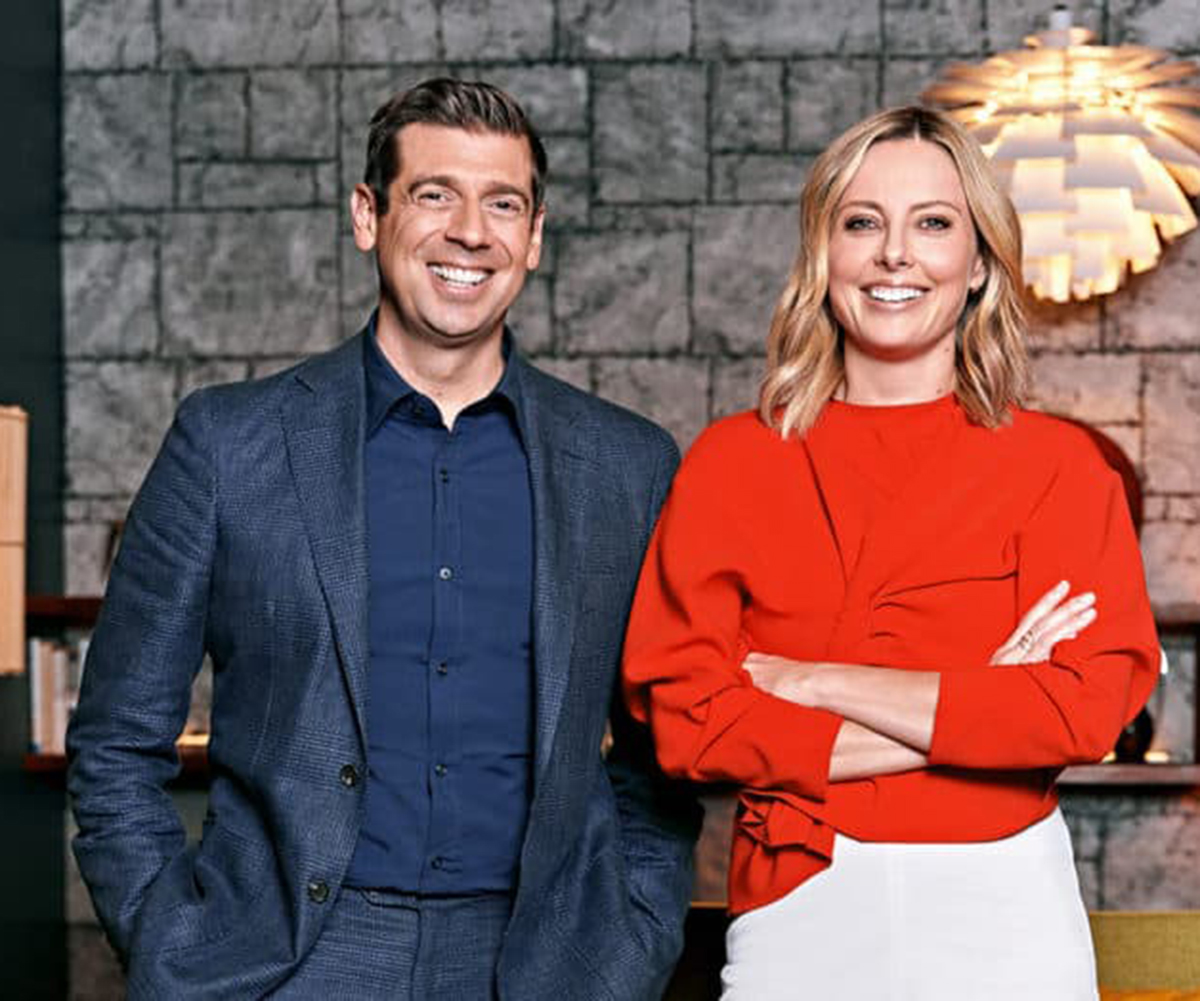For anyone fascinated by TV ratings, there’s now a whole new set of numbers to check out each morning. The Bachelorette Australia – up 51 per cent! Total Control – up 54 per cent! Love Island Australia – up 171 per cent!
That percentage is the “lift on overnight”. For many years, there were only overnight ratings for shows. But as of six months ago, a total TV report has come out every day – it takes the overnight ratings, then adds seven-day time-shift numbers, plus viewing on the networks’ catch-up services such as 10 Play and ABC iView.
For a program like the top-rating Seven News, the “lift on overnight” might only be two per cent. But for other shows, that percentage can be huge and take their ratings from dire to half-decent. So does that mean that overnight ratings don’t matter the way they used to?

1.835 million people saw Mitch and Mark be announced as The Block‘s most recent winners.
(Nine)It’s clear the way we watch TV has changed. The days when families had to crowd on the couch to stare at a TV set, as in the opening credits of The Simpsons, are long gone.
The average household has more than six devices – mobiles, tablets, laptops – on which people can watch video. While 64 per cent of total viewing at home is still live TV on a TV, there’s a lot of competition.
15 per cent of at-home viewing is streaming services like Netflix and seven per cent is YouTube. As for the networks’ catch-up services, they’re most popular with 25-to-54-year-olds, particularly women.
The lockdowns of 2020 and 2021 meant there were a lot of people out at home looking for something to watch. Doug Peiffer, the CEO of ratings provider OzTAM, was keeping a close eye on what was happening. As well as regular TV viewing increasing, Doug says people started watching shows on different devices, including their work computers.
“People were taking breaks in between Zoom calls and catching up in lunch hours and watching dramas,” he tells TV WEEK.

The Bachelorette‘s finale pulled in the smallest audience on record, with just 439,000 metro viewers for the final 15 minutes.
(Ten)While regular TV viewing dropped as lockdowns ended, Doug believes the shift to catch-up services – which offer live TV as well as on-demand video – is likely to continue.
“That à la carte viewing – watching it when you want to, on a device you want to watch it on –will increase,” he says.
For a few years now, people have been questioning whether overnight ratings really are the be-all-and-end-all. Back in 2017, the reality show Yummy Mummies drew low audiences for its early episodes, with one commentator quick to joke it was giving Channel Seven “a bad dose of morning sickness”.
But then people started getting into it on catch-up, and overall numbers climbed so high it was renewed for a second season. The same happened with Love Island Australia the following year. It was a similar story in 2021, with most Love Island fans choosing to watch the show in their own time.
The Bachelorette Australia and Parental Guidance also picked up a big chunk of extra viewers in the hours and days after they aired.

Last November, the second season of Total Control premiered to an overnight audience of 331,000 viewers in the five major cities.
(ABC)But it’s drama, rather than reality, that gets the biggest overall boost from catch-up viewing.
Last November, the second season of Total Control premiered to an overnight audience of 331,000 viewers in the five major cities – not huge, but with a “lift on overnight” of more than 50 per cent, those numbers started looking a lot more respectable.
Overseas dramas such as 9-1-1, CSI: Vegas and FBI also had also big lifts.
“The one that always blows my mind is The Bold And The Beautiful Fast-Tracked,” Doug says. “Fifty thousand viewers will tune into that every day.”
With other dramas, people will often “hoard” them for weeks at a time.
“They make their own little box-set weekends,” Doug adds.
More and more people are watching TV in a way that suits them, which might mean on multiple screens during a huge sporting event such as the Tokyo Olympics.
“I did it,” Doug says. “I watched two sports at the same time on two screens.”
If Ash Barty is in the Australian Open, people will catch it, wherever they are.
“They’re at work, at a convenience store or somewhere, and they’ve got their phone set up and are watching,” Doug says. “Everyone has a TV in their pocket.”
With so many more viewing options becoming available over the past decade, it’s no surprise that overnight TV ratings have dropped. Back in the 2000s, shows from Friends to Underbelly to Backyard Blitz would regularly draw more than two million viewers in the five cities, while finales of reality shows such as MasterChef Australia could crack three million.

In 2017, Yummy Mummies drew low audiences for its early episodes, with one commentator quick to joke it was giving Channel Seven “a bad dose of morning sickness”.
(Seven)Big numbers are still possible – 1.835 million people saw Mitch and Mark announced as reality show The Block‘s most recent winners – but they’re rare.
Mediaweek editor James Manning has been analysing the overnight ratings for nearly two decades. Nowadays, he thinks any show that tops 750,000 in overnight ratings counts as “blockbuster”.
“Five hundred thousand could sustain a series, maybe,” he says. “But 750,000 is almost exceptional these days.”
Gone are the days when a drama such as The Alice would get axed for drawing just a million viewers.
“Now, you dream about figures like that,” James says.
In 2018, Seven CEO Tim Worner caused a stir when he suggested ditching overnight ratings because they were “misleading”. He proposed waiting for total TV numbers instead.

Love Island Australia ratings were up 171 per cent in 2021.
(Nine)Daniel Monaghan, SVP Content & Programming, 10 ViacomCBS, tells TV WEEK that VOZ – the total TV measurement system – is “critical” in the future success of their business.
“While overnight ratings are still important to the industry, the full picture is becoming even more important,” he explains.
James believes overnight ratings continue to have an impact, which could be detrimental to local drama.
“It impacts advertisers, because that gives them the first glimpse at what’s happening, and therefore that also impacts programmers,” he explains. “So there’s less drama being commissioned – although the total TV figures still suggest drama is still pretty important to viewers.”

Parental Guidance also picked up a big chunk of extra viewers in the hours and days after it aired.
(Nine)James still finds it interesting to check out the overnight ratings, even if total TV ends up telling a different story. There are always surprises.
“Who thought Big Brother VIP would be Big Brother RIP?” he asks with a laugh. “You just can’t predict it.”
James thinks overnight ratings will remain pretty important.
“It’s still an amazing snapshot of how a lot of people spend their evening,” he says.

.jpg)